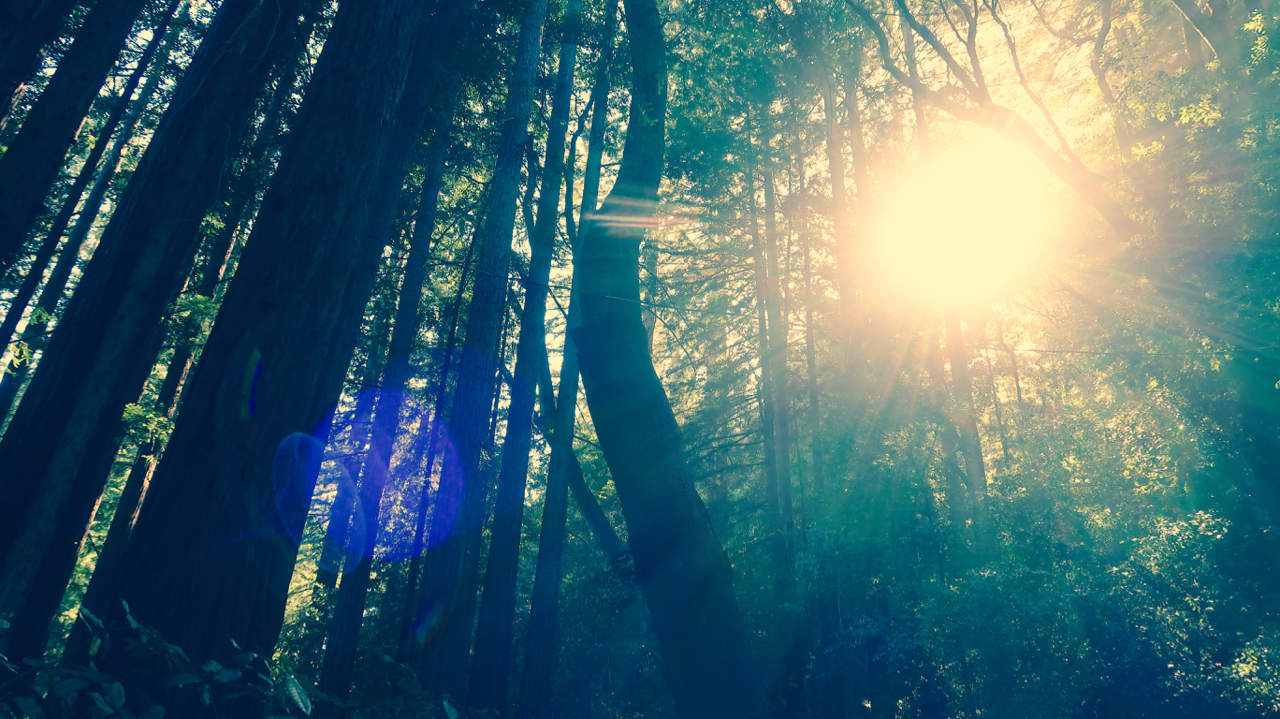
I seem never to tire of stories people tell about how they have come to trust their own unique ways of communicating with plants, animals, angels, and elementals. I think this is because such stories remind me of the rather saucy declarations I have occasionally made since retiring: What else is there for me to do in this lifetime but to develop these extra layers of consciousness and know them intimately? As alike as the stories and suggestions sometimes seem—for example: even if you initially feel foolish, ask for help, acknowledge nature spirits and express gratitude, ask permission to engage (not all trees, for example, are participating in this human-to-nature communications-recovery act), trust your intuitions and your initial inspirations, engage with your heart, be diligent in your practice (show up!)—rather than sighing and muttering “oh, here we go again” I tend to cherish these reminders to practice, these assurances that anyone can do this work and that results will arrive, usually when least expected.
During a massage not long ago I was quite suddenly aware, through her colors and familiar presence, that my body elemental was working with the massage therapist. I exclaimed as much, and the therapist said, “Well, you have a whole team here. Mano’s here and some rather exuberant rascally little beings who are laughing and bouncing about. They say to tell you not to work so hard to see them, because you already do!” This third party confirmation pleased me enormously, and yet I always come back around to the work of acknowledging and honoring my own perceptions and beliefs, while welcoming this encouragement and confirmation from others.
I have been re-listening to Elyse Pomeranz in the “Guardian Spirits of Nature” telesummit talks, as she quite humbly relates her several years’ work of learning to interact with trees and other nature beings. She’s a mentor for Waldorf teachers around the world and so has a Rudolf Steiner context, and she resoundingly confirms what Barbara and others say about how nature beings count on us to be interested in them and speak to them—how they need us in order to fulfill their own purpose. Her way of explaining this grace of communication focuses on the power of imagination.
Imagination, in our time, she poses, is misunderstood, and with this misunderstanding the culture is losing something quite important. We confuse imagination with fantasy (as in, “oh, it’s just your imagination”) and assume that it’s not real, is made up. Imaginative cognition, or thinking (a term Rudolf Steiner uses) “is an invitation to us as human beings to develop the capacity to welcome the future, to be in relationship to what we don’t yet know, what is approaching us and is interested in us. This realm of imagination is where we can encounter the elemental world.” It becomes our organ of perception, Elyse says, just as, in the sense world, our eyes and ears serve that purpose. Fantasy “arises out of what we already know” and is a projection, in a way, of our limitation, of something from the past or something we want to have happen. Imagination, to the contrary, “is an activity connected to creation itself.”
Along the same lines, Dennis Klocek (in a 2010 workshop, “Opening the Door; Closing the Door”) says, “I practice until they see on the other side that I am in it for the sacredness of it—then they come. I pray and work, and after a time they become interested in my need to contact sacred wisdom. . . . This practice is a deep cultural requirement, not incidental. It involves a need to take up art, not as a career, but as a cultural deed.” And if we should manage to “recapture the response of the heart to what is presented to the senses,” says Stephen Buhner, “go below the surface of sensory inputs to what is held inside them . . . we would begin to experience, once more, the world as it really is: alive, aware, interactive, communicative, filled with soul, and very, very intelligent.” (Stephen Harrod Buhner, Plant Intelligence, p. 19).
The Council of Gnomes that Barbara works with reinforces this need to develop trust in imagination. “When I asked to get to know the beings of my land,” says Barbara, “I was told that I will not see them with my physical eyes. I will see them in my imagination. The burning times blotted out the knowledge that imagination is the way to see into the faerie world, though children are still able to do this naturally. The clergy and medical profession during the burning times created enormous fear of instinct, intuition, and inspiration, of inner knowing, in order to promote intellect and outer dependence.”
“Open your heart, Barbara,” her teachers said. “That is the only way to see and know us. Connecting with your heart is your entrance to our world.”

Reproductions of Mano’s portrait are now available as 5×7 prints on fine watercolor paper, $20 per print, which includes tax and shipping. After receiving a check and mailing address, Barbara will send orders out every Monday.


These messages from Mano and Council of the Gnomes are a “must read” for those of us who love nature and seek to bridge the gap that has evolved between man and the natural world that we depend upon. Nature needs us as much as we need nature. The healing of our earth and the divine feminine in all of its aspects will open the door to the new age of light, love and freedom.